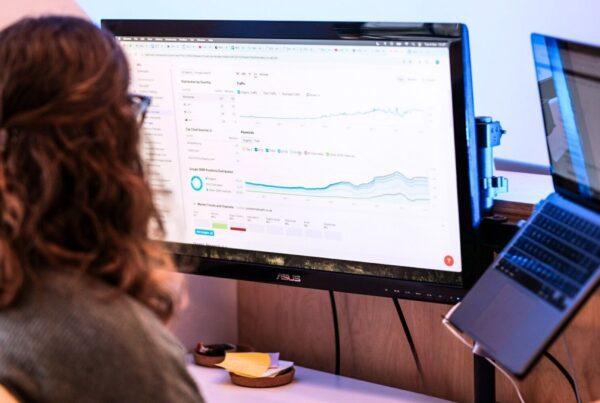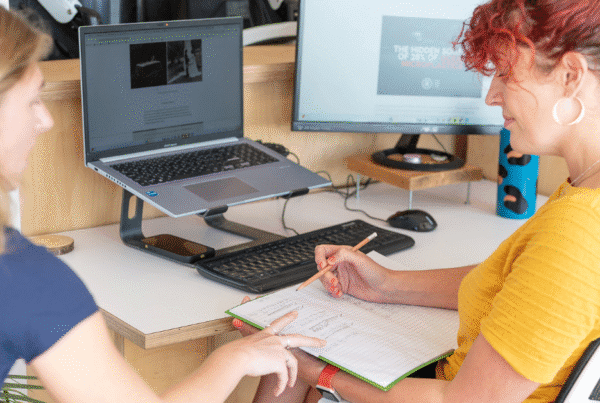
Online shopping has proved to be a lifeline for consumers and businesses alike during COVID-19. People have continued to buy what they need, and businesses have been able to sell despite physical closures. Internet sales are growing at such a rate that in December 2020 almost half of all consumer spending was online, according to a report from Barclays. And with the ongoing restrictions of the pandemic, online shopping continues to boom with a 22.6% year-on-year increase.
From this shift to online shopping to the growing buy-local trend, here’s how the pandemic has changed how we shop and how your business can adapt.
Changes in Shopping Habits
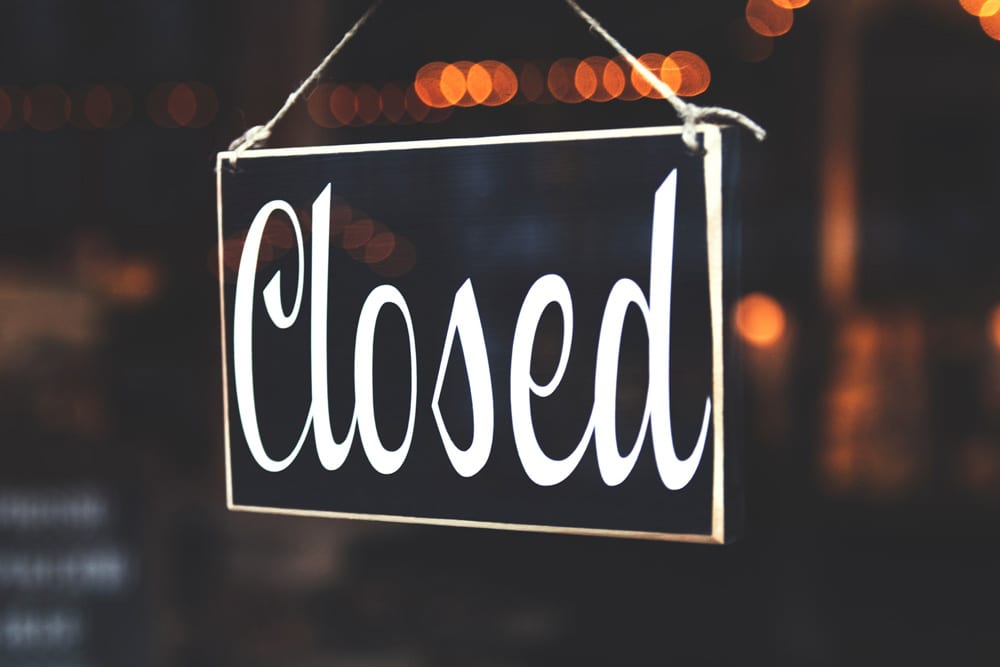
We’re shopping more online
We are buying more online than ever before. Take the retail sector, for example, data for the Office of National Statistics (ONS) shows that online shopping has been steadily growing year-on-year for some time, rising from 18% of retail sales in 2018 to 19.2% in 2019. The pandemic has accelerated this shift though with recent reports showing that internet sales jumped in 2020 to represent 28% of all retail sales – a 46% increase on 2019.
With the restrictions of the pandemic, people have gone online for everything from entertainment to socialising and shopping. Of course, shop closures have fuelled the internet sales boom as, for many, online shopping was the only answer. But now that people have seen how easy and convenient online shopping can be, it has the potential to shape our shopping habits forever.
Shopping online means we can get what we want quickly and we can order at a time that suits us. It also means we can shop safely from the comfort of our own home, avoiding the crowds of the high street.
And because of this convenience, even in times of lifted restrictions, internet sales have still remained higher than pre-COVID levels. The ONS data shows that even in the lighter restrictions of August and September, online sales still represented 26% of all retail sales.

We’ve changed where we spend
While online spending was prospering in December, in-store shopping fell by 18.3%.
Flourishing online sales were driven by increases within food and drink, and digital content as people continue to use online grocery shopping, order takeaway food and signup to TV subscriptions to keep themselves entertained. Some of the big winners include Tescos, who reported an almost 70% increase in internet sales, and online retail giant Amazon, who announced a 37% increase in sales.
Unfortunately, areas like hospitality and leisure, which experienced the toughest restrictions, saw declines in spending of around 50%.
We’re buying more locally
A real positive to come out of the pandemic is a reignition of our community spirit and willingness to stick together and help each other out. From staying home and putting rainbows in the window to doing prescription runs for neighbours and donating to charities, we’ve all tried to do our bit.
This desire to help out is also changing how we shop, with research showing that 59% of people in Britain have shopped locally during the pandemic.
Everyone appreciates the massive impact the pandemic has had on local businesses that have been forced to close, and most people want to support them to ensure these businesses make it through. And with people spending more time within their local area, they are noticing what fantastic business they have on their doorstep. So whether it’s a takeaway from a favourite pub on a Saturday night, vegetables from the local farm shop or local, handcrafted gifts for Christmas, lots of people are now choosing to buy local.

The current slower pace of life has also meant that people have more time to shop around to find something that meets their needs, and many are looking for a unique offering which is often easier to find locally.
As a result, there is an increasing amount of crafters and local artisans selling their unique products remotely through channels like local Facebook groups and handmade selling sites such as Etsy.
Photo by Annie Spratt on Unsplash
How Small Businesses Have Adapted
The Tescos and Amazons of the digital world benefited from the consumer shift to online, partly because of their brand reach, but also because their business model was set up and ready to go. Both have online shops and distribution networks.
But what about the small, local businesses that had previously relied on physical premises?
Many small, versatile businesses have adapted to use the power of the internet to their advantage and continued to keep their businesses running despite restrictions. Many high street stores have implemented online shops to manage click and collect and/or doorstep deliveries. Restaurants and pubs have started offering takeaways. Some businesses even changed their target market, offering products directly to consumers for the first time.
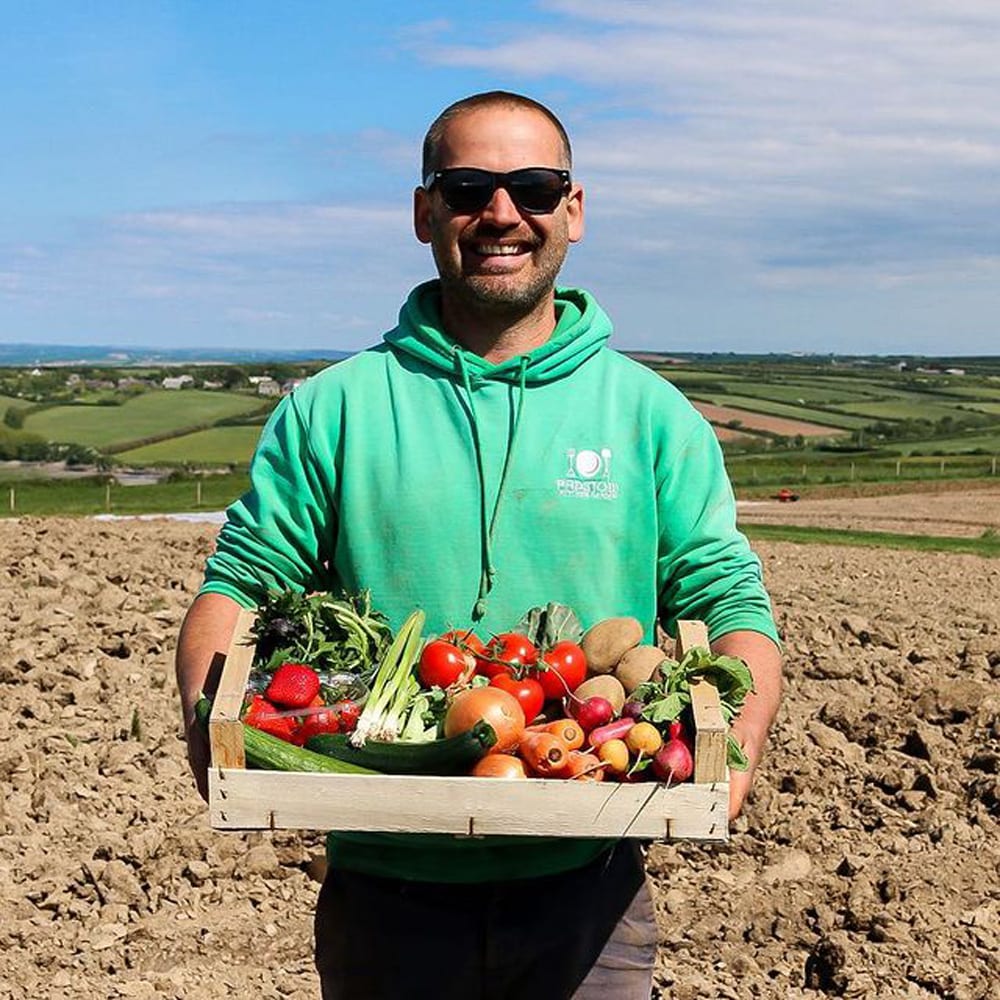
And many service-based businesses have turned to video to keep their business running virtually. Online classes, virtual tours, Zoom meetings and more are now commonplace and have been a vital way for small businesses to continue to operate during the pandemic.
According to a Facebook survey, 51% of businesses said they had increased their online activities to keep connected with customers during the pandemic.
Will the changes stay long term?
Only time can really tell if this shift in buyer behaviour will stick around, but our guess is it will – at least in some areas.
The habits and routines of the pandemic may be hard to break. From a consumer point of view, the pandemic has shown us how easy and convenient online shopping can be. And from a business perspective, companies have seen the efficiencies of operating online.
Regarding the buy local trend, a recent YouGov survey showed that 70% of people would continue to shop locally after all restrictions are relaxed.
Consumers have been introduced to the wealth of unique, quality products that are available, and they’ve built relationships with their local businesses, which means many may continue to shop locally.
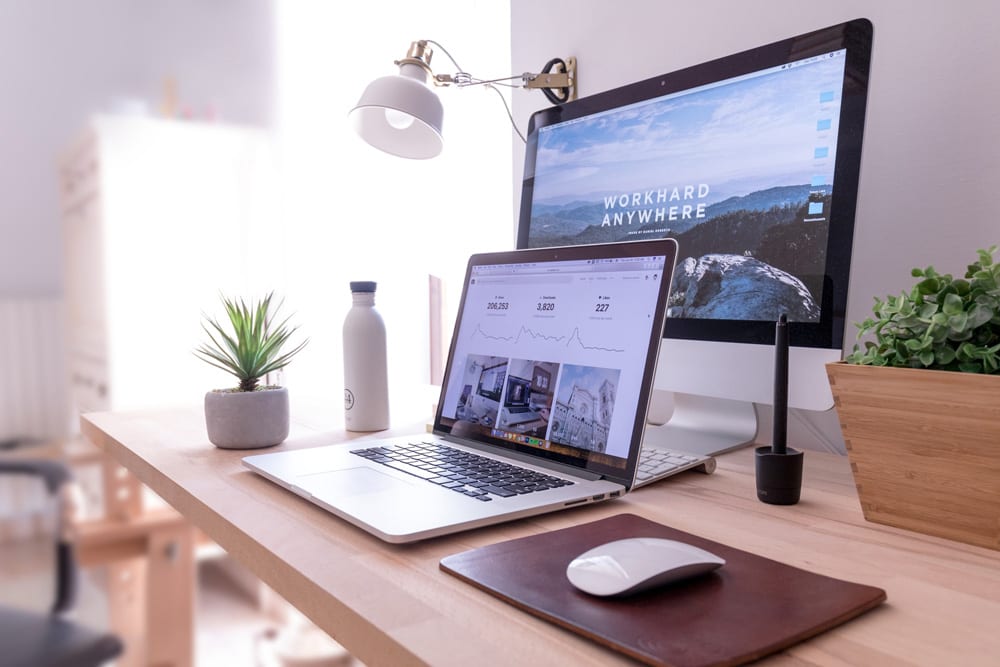
What can your business do?
From a business perspective, there are some key things you can do to ensure your business thrives in the ‘new normal’ of online shopping:
1. Adapt and innovate
Times may be tough but there are opportunities if your business adapts to changes in buyer behaviour. Selling your products online, engaging on social media and offering delivery are all ways that some have already innovated to overcome the restrictions of the pandemic.
2. Ensure your website performs
Having a user-friendly website is paramount to online success. Internet consumers shop around so you need to ensure your site delivers the best possible experience to catch the sale. And to do this, your website needs to be fast loading, intuitive, well presented, secure and contain all the information and tools needed to make a purchase.
3. Compete in search results
With more and more people shopping online, Search Engine Optimisation (SEO) has never been more important. Search giant Google processes over 3.5 billion searches per day and research shows that 75% of people click on one of the top three listings. So if you want to ensure you maximise your potential within this rise of online shopping, your SEO is another factor to consider, including creating a strong Google My Business profile to increase your visibility at a local level.
4. Market your business and connect
As well as marketing your business online through SEO, engaging with your target market via social media is an important part of online success. And creating compelling blog articles can be a great way to create shareable, value-add content for social channels.
Is your website ready?
The digital gurus at Solve have already helped heaps of business adapt to the changing marketplace. As well as our regular high-performance web design and proven SEO, we have a suite of specially designed services to support businesses during the pandemic and beyond. From e-commerce shop creation to website optimisation, we have everything you need to keep in line with the changes in shopping habits and succeed online.

